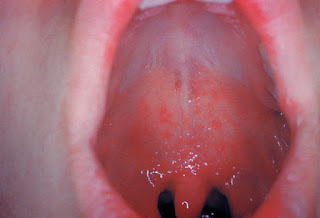The Silent Thief: The Impact of Sarcopenia on Quality of Life and How to Manage It
Sarcopenia (Muscle Atrophy) is a medical condition characterized by a
progressive loss of skeletal muscle mass, strength, and function with aging. It
is a common condition among older adults and is associated with increased
morbidity and mortality. In this article, we will discuss sarcopenia,
including its causes, symptoms, diagnosis, and treatment options.
Causes of Sarcopenia:
The exact cause of sarcopenia is not yet fully understood, but it is believed to be a multifactorial condition with several contributing factors, including:
- Age-related changes in hormones, particularly testosterone, growth hormone, and insulin-like growth factor 1 (IGF-1).
- Inactivity and a sedentary lifestyle, which leads to muscle wasting.
- Chronic inflammation, which can cause damage to muscle tissue and impair muscle regeneration.
- Nutritional deficiencies, particularly in protein intake.
- Genetics and family history.
The symptoms of sarcopenia can be subtle and may not be noticeable until the condition has progressed. Some of the common symptoms of sarcopenia include:
- Loss of muscle mass and strength, particularly in the legs and arms.
- Weakness and fatigue.
- Reduced mobility and balance.
- Difficulty performing daily activities such as getting out of a chair, climbing stairs, or carrying groceries.
- Increased risk of falls and fractures.
There is no single test to diagnose sarcopenia, and diagnosis usually involves a combination of physical examination, laboratory tests, and imaging studies.
Some of the common tests used to diagnose
sarcopenia include:
The treatment of sarcopenia aims to slow down or reverse the loss of muscle mass and strength. This typically involves a combination of exercise, diet, and medication.
- Muscle strength testing.
- Muscle mass measurements using techniques such as dual-energy X-ray absorptiometry (DXA) or bioelectrical impedance analysis (BIA).
- Blood tests assess hormone levels and nutritional status.
- Functional tests assess mobility and balance.
The treatment of sarcopenia aims to slow down or reverse the loss of muscle mass and strength. This typically involves a combination of exercise, diet, and medication.
- Exercise: Resistance training, such as weightlifting, is the most effective way to build muscle mass and strength. Aerobic exercise can also help improve cardiovascular health and overall fitness.
- Diet: Adequate protein intake is essential for muscle growth and repair. Older adults may need to increase their protein intake to maintain muscle mass. Supplements such as creatine and beta-hydroxy-beta-methylbutyrate (HMB) may also be helpful in promoting muscle growth.
- Medication: There are currently no drugs specifically approved for the treatment of sarcopenia, but some medications such as testosterone, growth hormone, and IGF-1 may be prescribed in certain cases.



Comments
Post a Comment